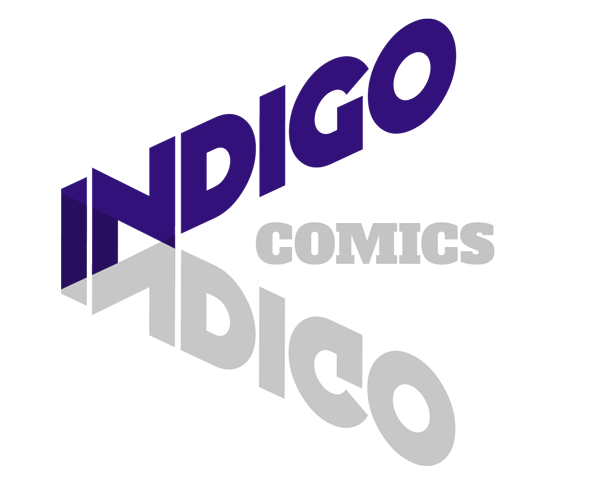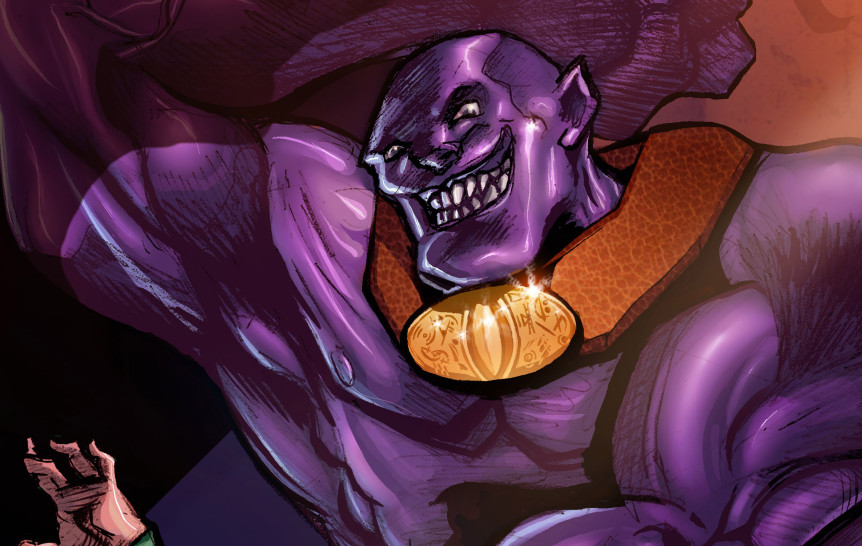Hey there fellow comic book nerds and nerdettes! Welcome to We Love Your Work, where we spotlight creators, writers, and artist we admire. We will discuss their work, careers, and share personal stories.
Today’s edition of We Love Your Work features a conversation with Seattle (formerly Baltimore) based artist and arts educator, Ryan Miller. Ryan graduated from the Maryland Institute College of Art with a BFA in Painting. He then went on to receive his teaching certification in Art Education from Towson University. Ryan is an Indigo Comics contributor and the artist behind Indigo Comics title “Water Cooler Heroes“. His extended portfolio is available at ryanmillerart.blogspot.com. Here is our conversation…
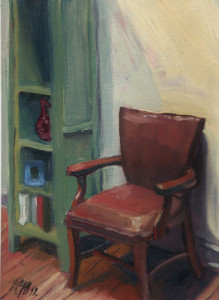 What is the story behind your introduction to the “arts”? Were you encouraged at a young age by family? Is there something that stands out in your mind as an early inspiration?
What is the story behind your introduction to the “arts”? Were you encouraged at a young age by family? Is there something that stands out in your mind as an early inspiration?
My parents tell me that I’ve been drawing since I was two years old. Most kids in that stage of development draw scribble. I was drawing circle people; faces in circles with stick like limbs protruding from them. So clearly I was a cut above the rest!
When other kids got to circle people, I was already adding limbs with volume, playing with facial expressions, and even had a handle on Overlapping as a means of developing space in a scene. Most kids would just draw right through objects and that never made sense to me.
In middle school my brother Lantz bequeathed to me (and Broch by association) his collection of silver/golden age comics, with a few newer ones mixed in. But my favorite comic was a retelling of Gilgamesh in a trade paperback. I can’t for the life of me find it anywhere though.
My family was always very supportive of me making art. Mom or Dad would bring big reams of paper from those Dot Matrix printers that were going out of fashion. I would always get art supplies every birthday, Christmas or Easter. And at night I would copy drawings in oil pastel from comic cards that were also left to me.
Really, my introduction tothe arts as a discipline came from Comics right at the be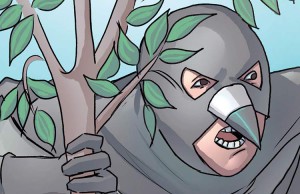 ginning.
ginning.
Who are your greatest influences when it comes to your artistic style?
I look for any artist that has answers to questions that I have. When I first started dipping into the comics game in a serious way, I started looking at Ryan Ottley’s work on INVINCIBLE. He has a fantastic grasp on anatomy, perspective and most importantly volume and mass. When you look at his panels, you can feel the weight of characters in the space they occupy. And his facial expressions are very well considered.
Jean Leon Gerome is another great artist who worked during the Nineteenth Century in Paris. If you ever need to see what can be done with staging and composition, he is the master. Just take a look at The Duel After The Mascaraed or Pollice Verso.
Is there anything in particular, outside of other artists, that you find inspires or informs your art? (e.g. authors, books, music, films)
I look at art to find solutions to problems or for the pure enjoyment of looking at art. But, I think that it’s more important for artists to involve themselves in the world for inspiration. Looking at art can help a little, but really delving into divergent subjects like politics, world affairs, history, and science are what brings richness to art. Art is at its best when it’s in response to the life around us. And every artist must live in the world and cultivate a spectrum of knowledge to draw from. Whether comics, painting, sculpture, writing or what have you, the artist cannot forego the world for their studio alone. In my own life I’ve been researching prehistory, human origins and deep antiquity. I study martial arts and martial philosophy. I can have a conversation about the theory of Special Relativity and in the next sentence make a fart joke. And from this well I derivemy motivations and muse.
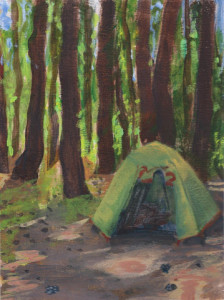 Is there something you can tell us about your process that is unique to you? (e.g. materials, tools, software)
Is there something you can tell us about your process that is unique to you? (e.g. materials, tools, software)
When I read the script for the first time, I let my mind synthesize the material in a cinematic fashion. From there I establish a few thumbnail sketches of panel layouts and composition. I choose the best of these and then set up of Bristol paper.
For comics I use a TON of photo references, but I’m not a slave to them. I have my computer right next to me and I just pull things up as they come to mind. For human figures moving through space or in action I tend to look at my collection of comics. Though fighting scenes I draw from my own experience or I look at UFC footage.
I always prefer to draw in pencil then ink on Manga Studio. Adobe Illustrator or Photoshop are better all around, but if you’re an artist on a budget, Manga Studio will take care of business for you.
My Father got me a Wacom Cintiq a couple years ago and it is probably the most important (and expensive) tool I have. But if you’re serious at all, you should invest in a Wacom tablet of some kind.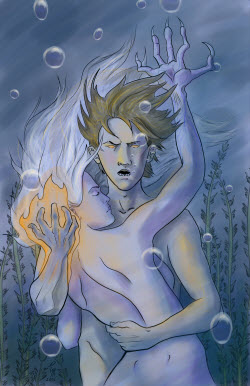
However, my traditional painting process is much different than my comics process.
When you begin a piece, do you typically have an idea in mind of what you want that piece to be or does it evolve in a more fluid manner?
My process for making most art is super organic. I have learned from my time at college that planning a lot for any picture I make will immediately make the art stale and dry. So I try to come up with a theme or nugget of an idea and I just go with it. I might do some preliminary drawings, but those are usually thumbnail sketches to workout the overall composition. But then I go directly to painting on the canvas. I have to paint fast and loose. But I also try to keep an economy of brush strokes. I learned from my time in a Sumi-e class to really pay attention to the shape of the brush as it connects to the canvas or paper, and to use the bristle shape as it changes through the movement of the hand in order to make the shape I see in front of me. Most small paintings I’ll create in a sitting. Some larger pictures or more complex subjects may take me two or three sittings. But never more than that.
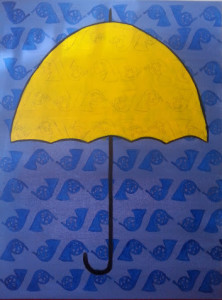 If you could see any artist, living or dead, create art based on any comic character of your choice, who would that artist be and what character would you choose?
If you could see any artist, living or dead, create art based on any comic character of your choice, who would that artist be and what character would you choose?
I’d love to see how Toulouse Lautrec would handle Batman. I think that weird little Frenchman would do justice to the Noir Detective genre. Just take a look at his graphic work on Parisian street posters.
Do you have any projects that you would like tell our audience about?
Work and circumstances lead me away from painting for some time now. To get back into the habit, I’ve set about painting alla prima sketches at work (during my free time of course!). I’ve been posting them on my Blogspot for anyone to follow. If you want to see the latest just subscribe to ryanmillerart.blogspot.com. I also contribute to Indigo Comics: Water Cooler Heroes. And be sure to check out Water Cooler Heroes by written Scott Reichert, and drawn by yours truly!
If you could choose 5 people, living or dead, fictional or nonfictional, to be on your side in a bar fight, who would they be?
- Russell Crowe
Bar fight tested and approved! Even though he’s as likely to fight me as fight by my side, I need The Gladiator on my team!
- Boudica
This woman unilaterally took on the Roman Empire. Think Ronda Rousey but ancient and tribal!
- William Tecumseh Sherman
There was no man harder or more of a cus than Sherman. He FIGHTS TO WIN!
- Michael Clarke Duncan
Everyone know’s you need a Tank on your team to take on other heavies. I’d like MCD circa Daredevil 2003!
- My brother Broch, because he’s particularly nasty with his elbows and bony protrusions. Plus we can do really cool team combos like you see in fighting games.
For more of We Love Your Work, check out We Love Your Work #5: Brian C. Roll
Spread the word!
